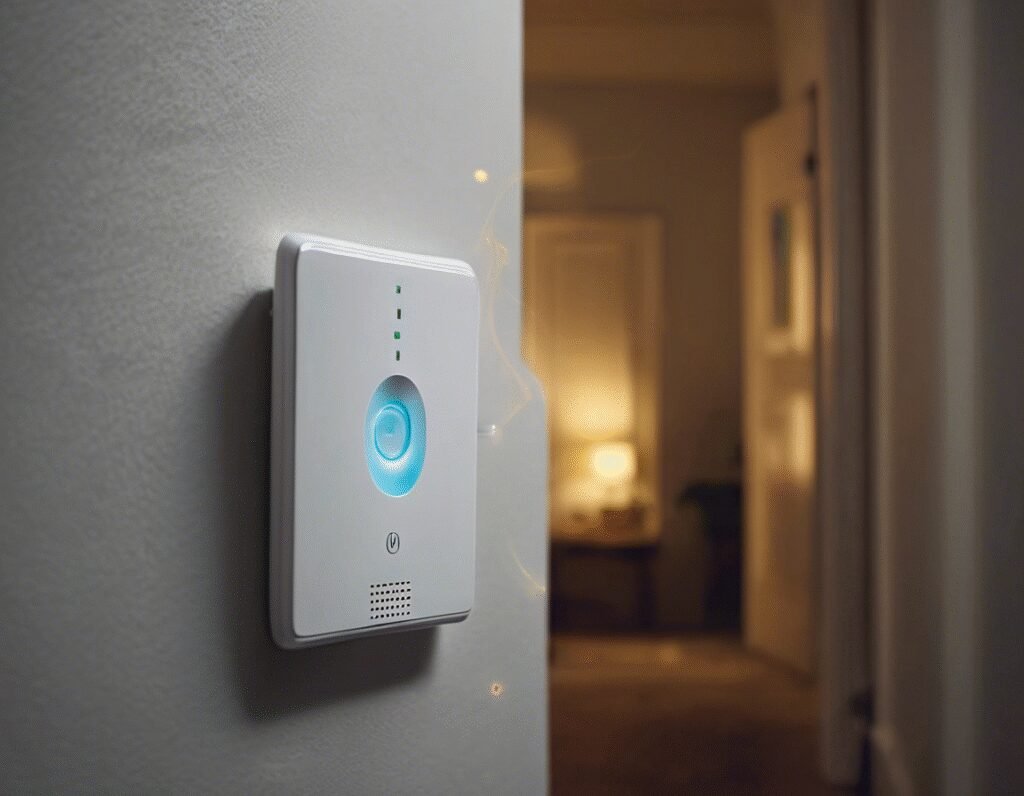If your Wi-Fi signal is struggling to reach every corner of your home, a signal booster, also known as a Wi-Fi extender, might be the fix you need. These devices can help eliminate dead zones, stop buffering on video calls, and reduce lag during gaming sessions without forcing you to move your primary router.
There are different types of Wi-Fi extenders available. Some models use external antennas to push the signal farther, while others, like mesh extenders, create a seamless, whole-home network. A simple Wi-Fi repeater can extend coverage to a specific room, but it may cut your available bandwidth in half. More advanced extenders are better at maintaining strong speeds and reliability.
How Wi-Fi Extenders Work
These devices extend your Wi-Fi network to cover more areas. Most plug into a standard AC outlet and connect to your existing router to rebroadcast its signal. For the best results, place the extender halfway between your router and the area with poor coverage.
It is important to note that most Wi-Fi range extenders, or repeaters, create a new Wi-Fi network with a different name. This means you might have to manually switch between networks as you move through your home. For a single, unified network that covers your entire space, a mesh Wi-Fi system is a better, though more expensive, solution. Mesh systems use a main router and satellite nodes to create one large network seamlessly.
What to Look for in a Wi-Fi Extender
Speed is a key factor. Extenders can support single, dual, or tri-band Wi-Fi, with specifications listing maximum speeds for each band. The highest possible speeds typically cost more, and some newer models even support the latest Wi-Fi 7 standard for higher bandwidth and lower latency. Remember, extenders are designed to expand coverage, not necessarily to increase your internet speed; the extended network might sometimes be slower than your main connection.
Consider the range and number of devices the extender can support. Choose a model that covers the square footage of your home and can handle the number of gadgets you plan to connect. Tech enthusiasts with many smart home devices will need a more robust model.
Design is fairly standard. Most extenders are compact devices that plug directly into a wall outlet. Some have external antennas for better signal direction and a few indicator lights. Many also include Ethernet ports, allowing you to create a wired internet connection for devices like game consoles or smart TVs, which can provide a faster, more stable link.
Frequently Asked Questions
People often ask about the difference between a Wi-Fi booster and an extender. Today, these terms are generally interchangeable and refer to the same type of product.
When comparing a Wi-Fi extender to a mesh router, a mesh system provides a more seamless whole-home network but is significantly more expensive. An extender is a more affordable solution for targeting specific dead zones.
Using multiple Wi-Fi extenders is possible for very large homes, but it can lead to network interference and the inconvenience of managing multiple networks.
The maximum distance an extender can cover varies by model, typically between 800 and 2,500 square feet. Real-world performance depends on your home’s layout and construction materials. Always check the manufacturer’s specifications for the expected range.


